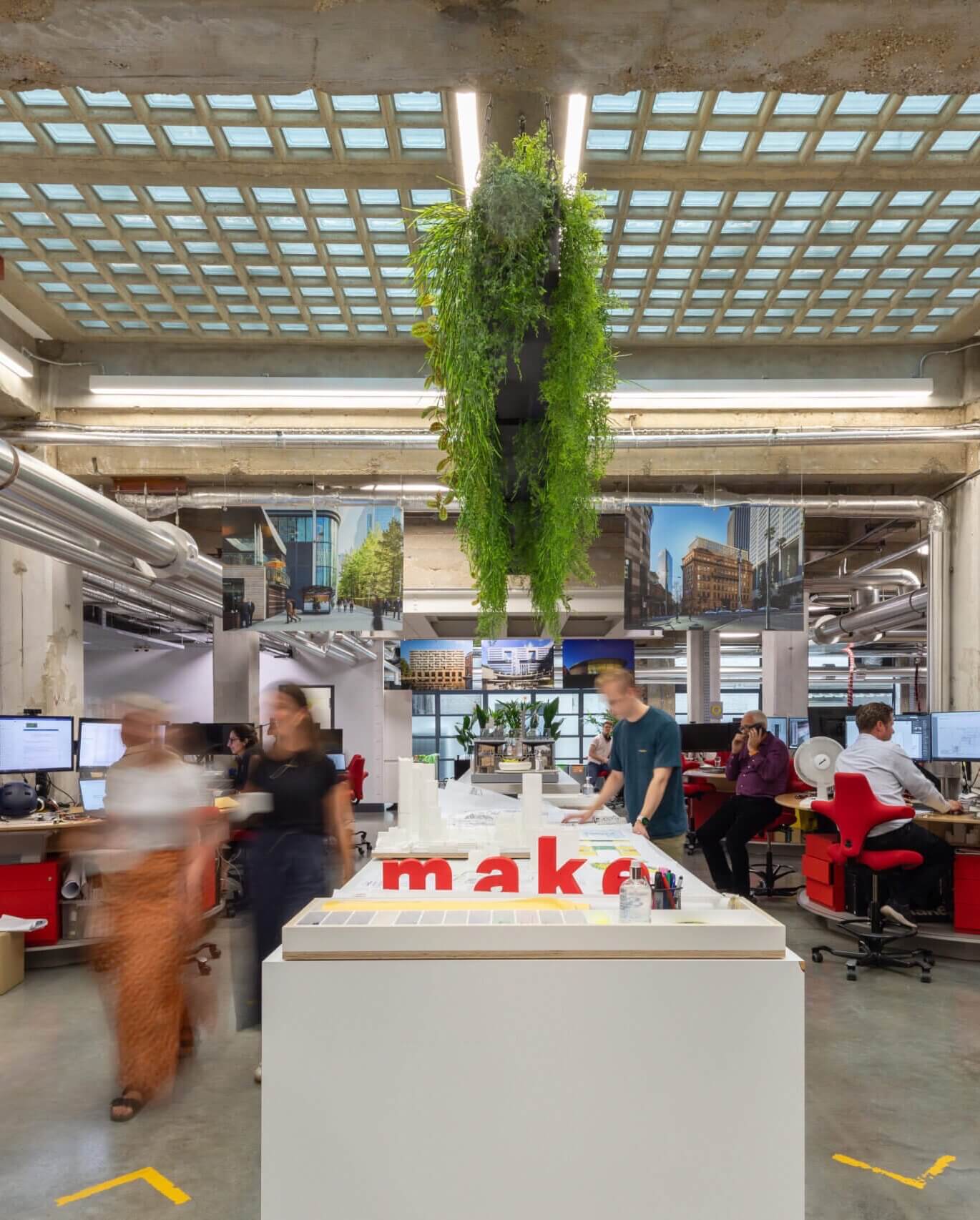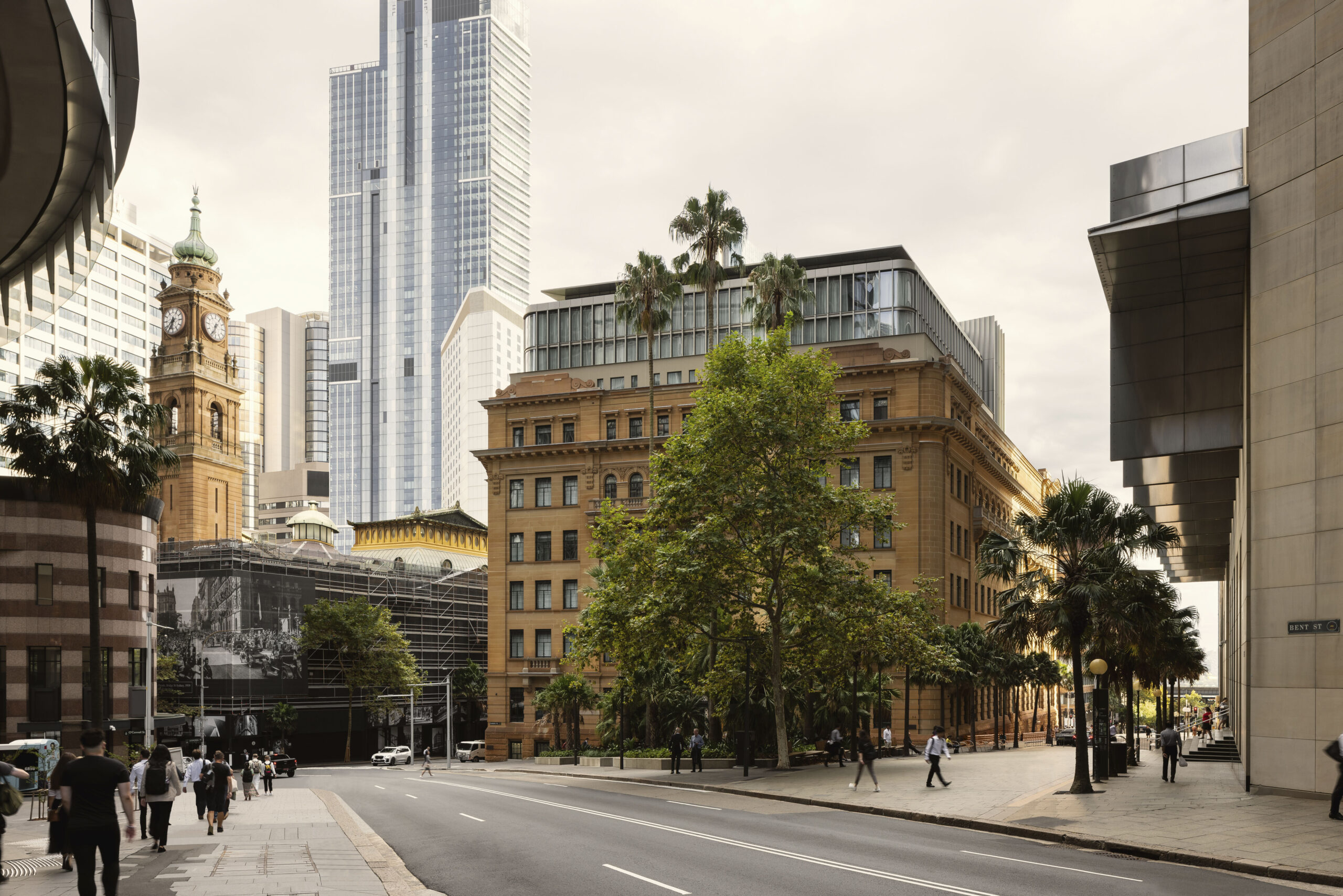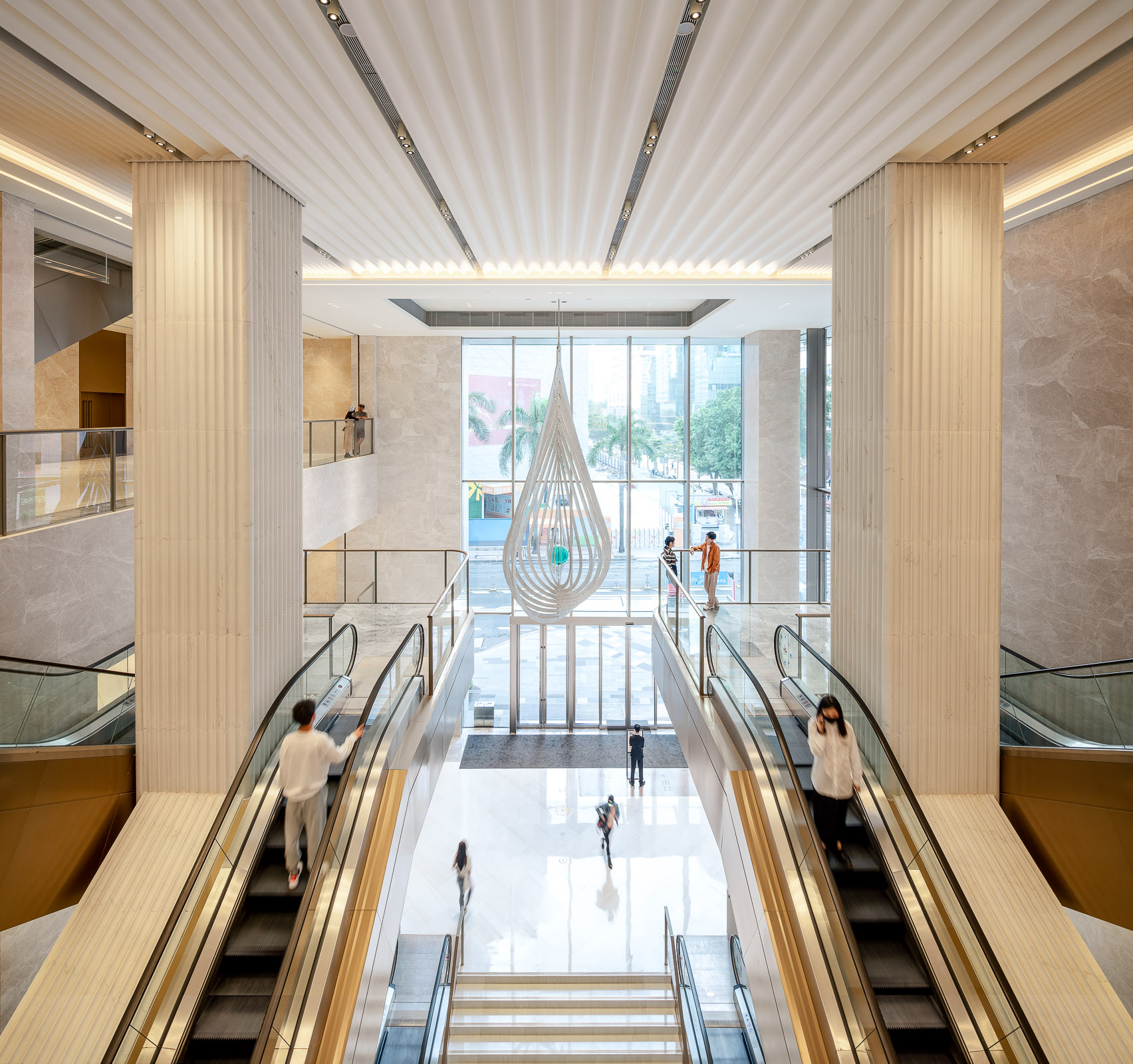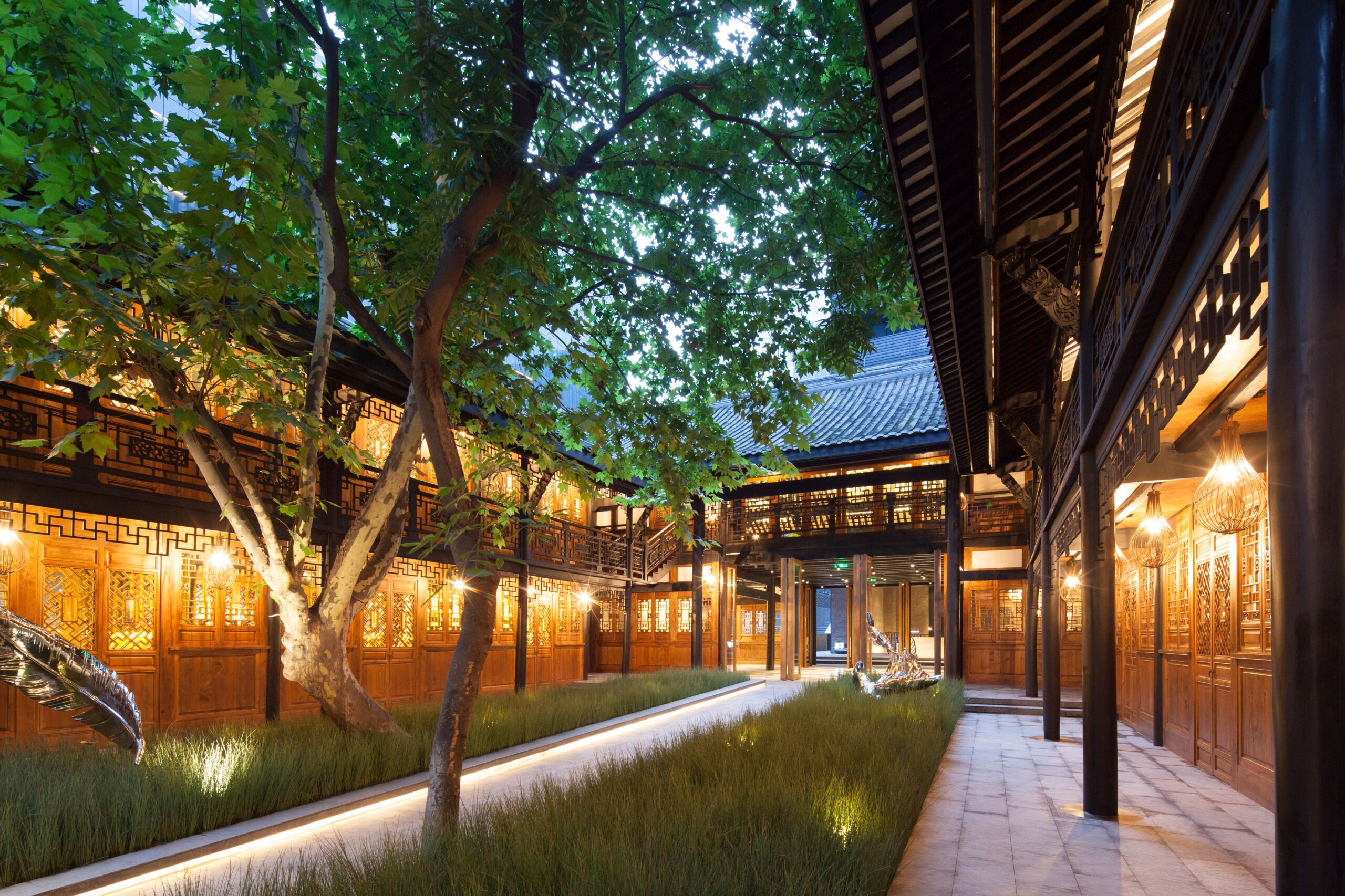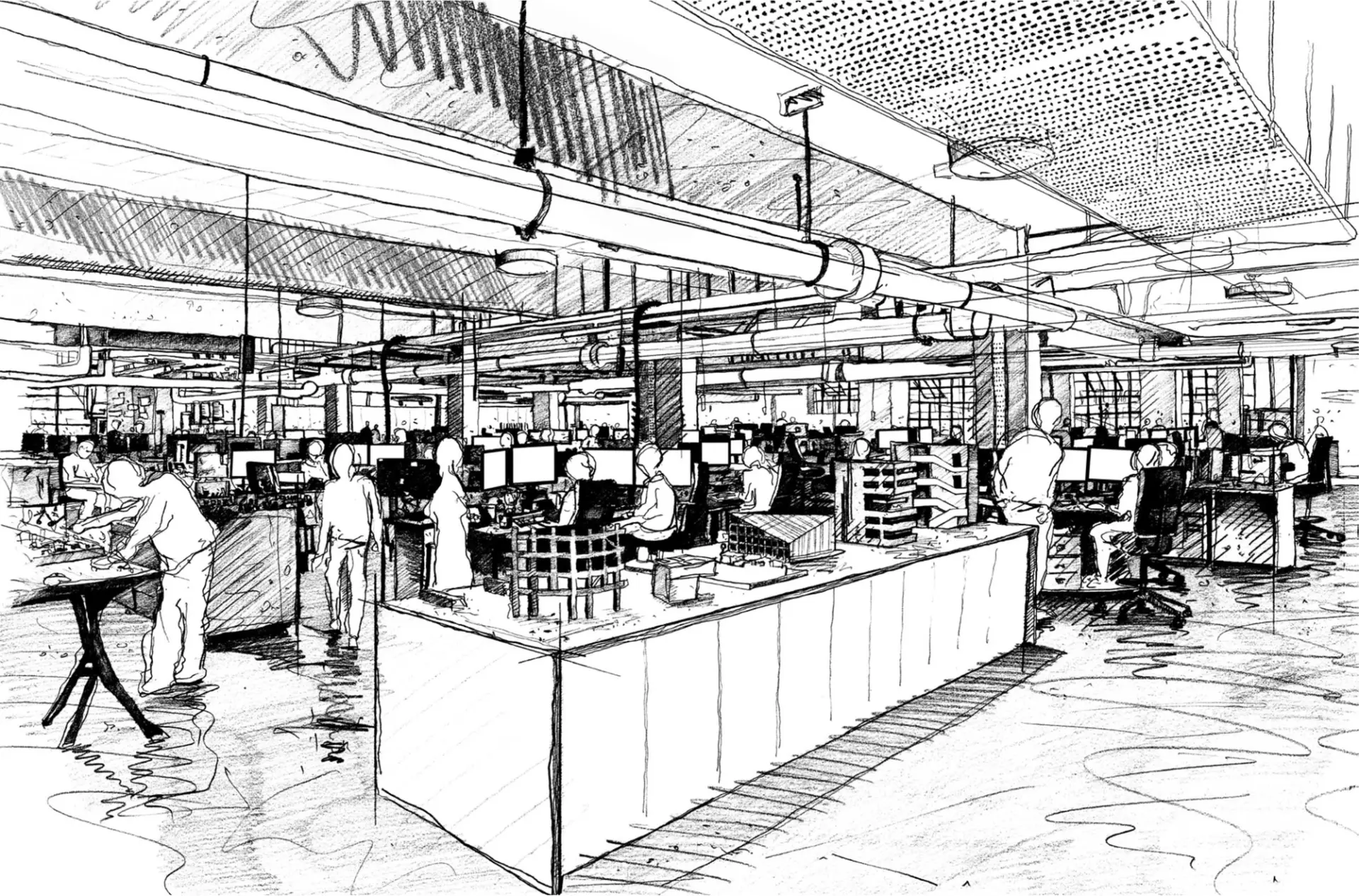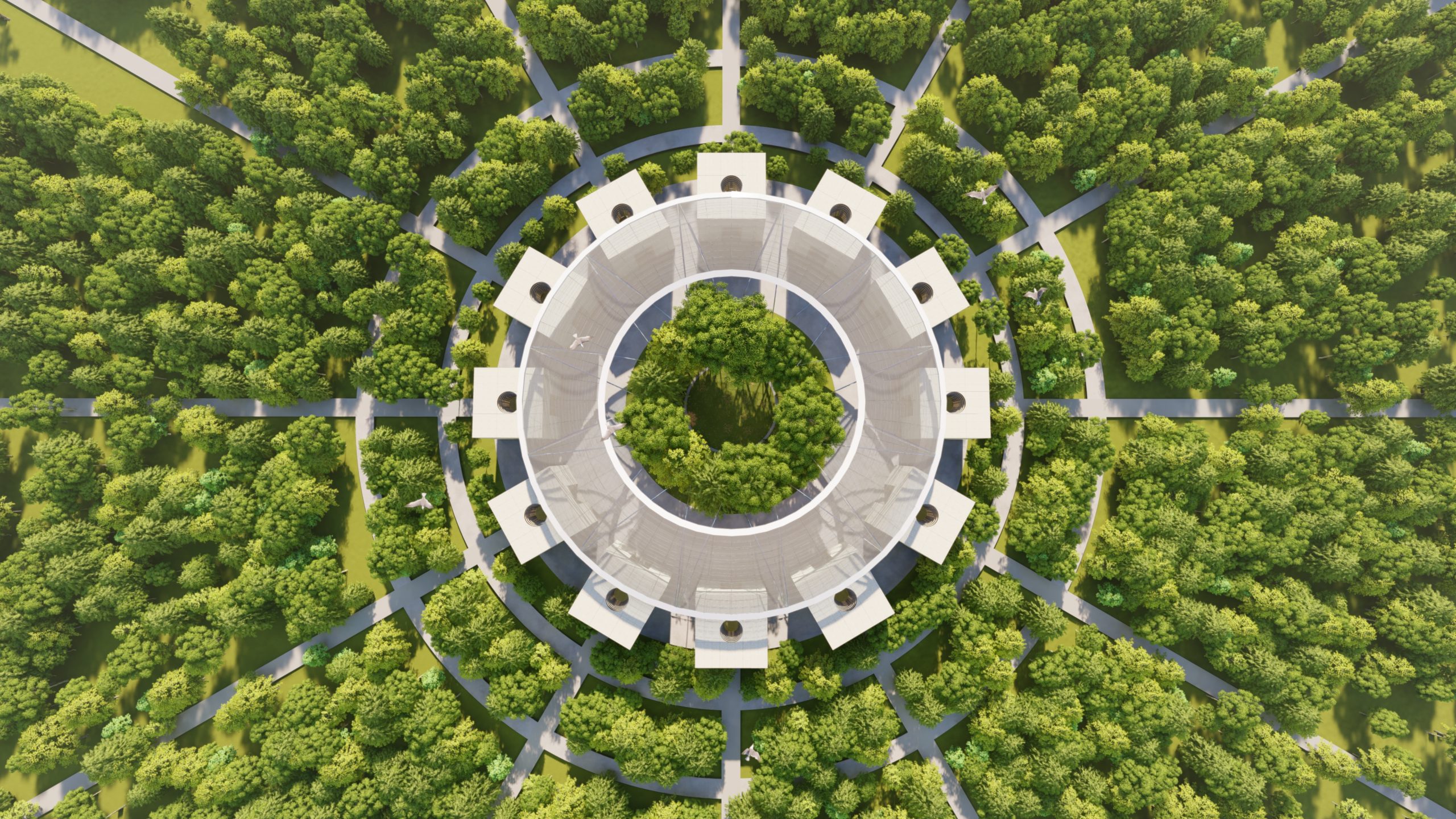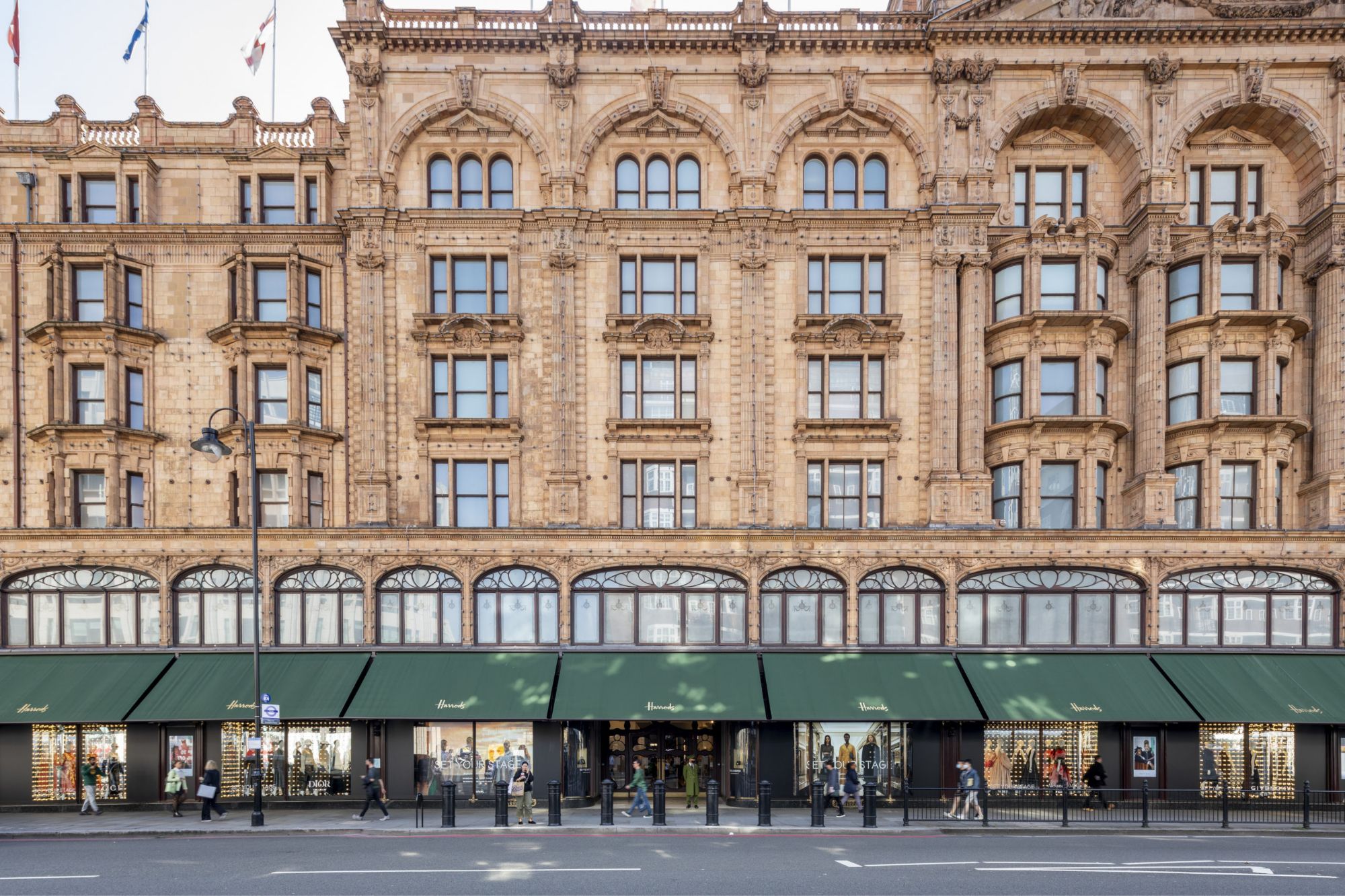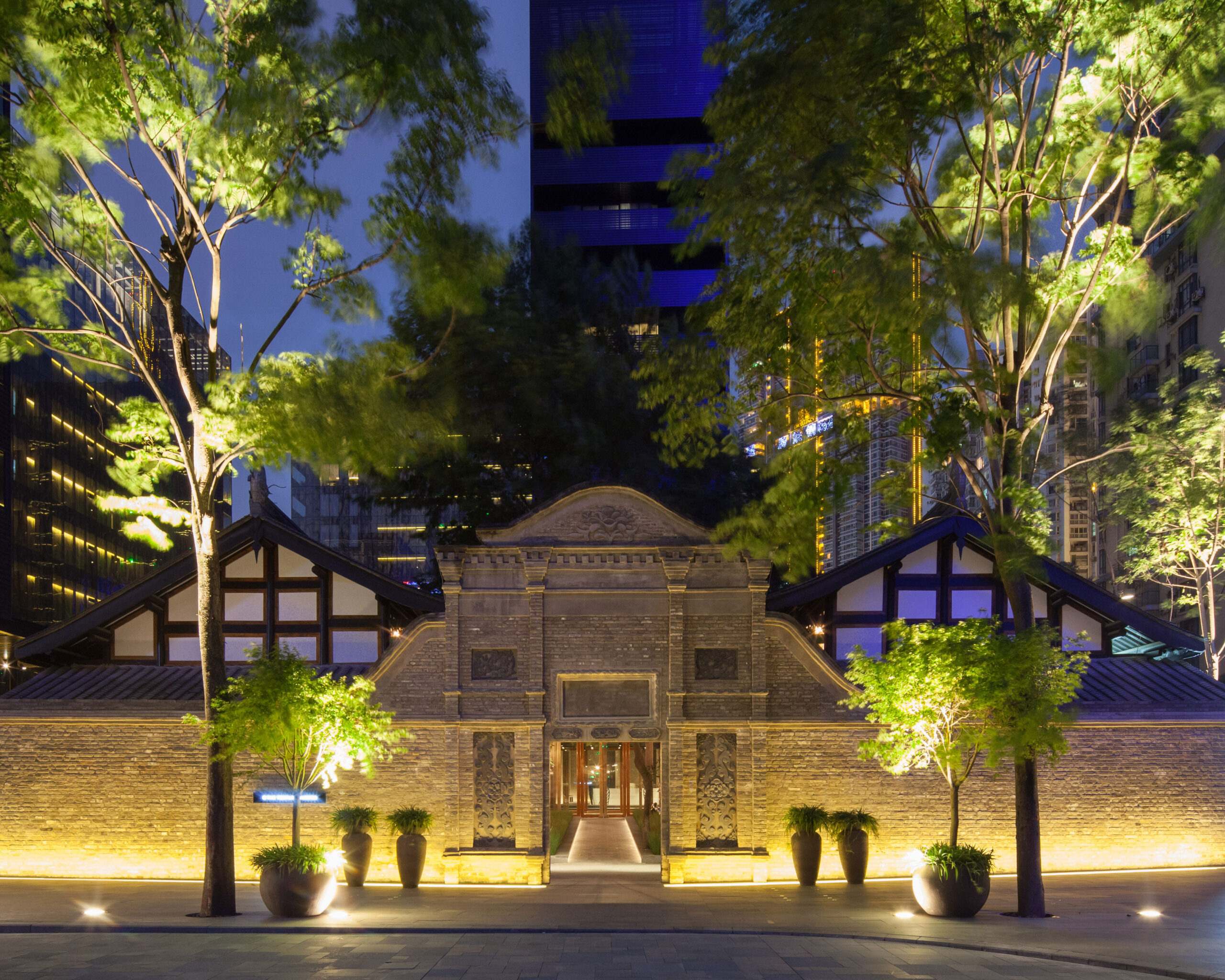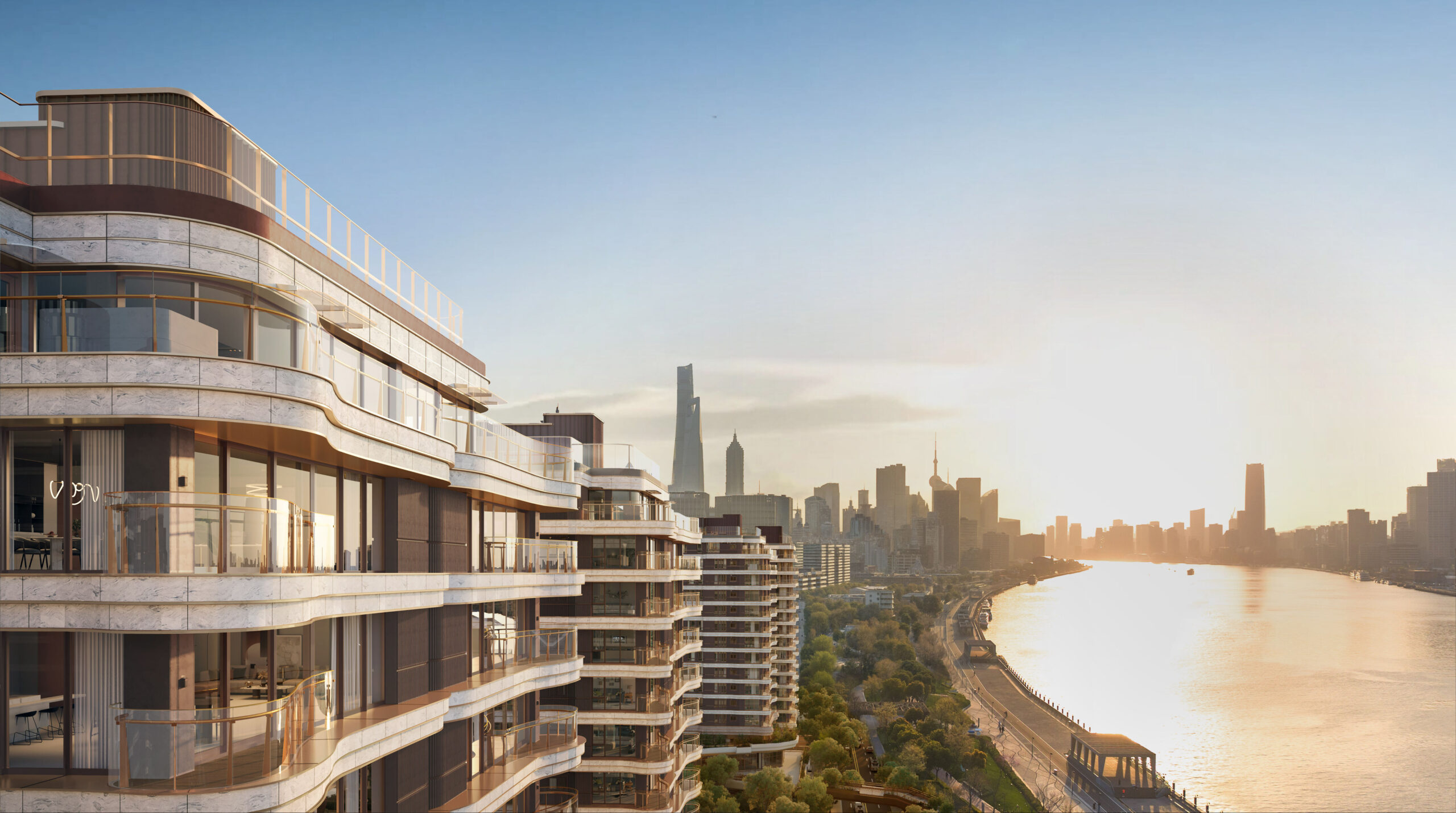
It is clear that Langlands and Bell – who always work as a pair – are inspired by the potential of buildings to capture within them life as its presents itself and particularly as all-encompassing stages for our own stories. This sense of celebrating architecture is encapsulated in the model-like relief sculptures by Langlands and Bell currently on show at Sir John Soane’s Museum in London. The exhibition is temporarily closed due to the pandemic, but is available for online viewing. The photos of Langlands and Bell’s works as displayed on screen are true to their arresting and often highly linear precision, making for a satisfying digital exhibition experience.

In the Museum’s Foyle Space, a triptych of immaculate maquettes including one inspired by Palladio’s Villa Rotonda in Vicenza and another of Hans Hollein’s Museum of Modern Art in Frankfurt read like a flirtation or love affair with these and other architects’ minds and their joy in carving out spaces for humans and art to inhabit. It’s as though Langlands and Bell’s works symbolise the essence of the ideal world and freeze it, if only momentarily. There is an element of anticipation, hopefulness and an innocence in these works that hints at an architectural utopia.

In contrast to the permanent realm of buildings, the more fleeting business of communication also moves Landglands and Bell. In their work the “Infinite Loop“, also exhibited at Sir John Soane’s Museum, the artists record the architecture of the Government Communications Headquarters in Cheltenham as well as Osama Bin Laden’s House in Abbottabad, Pakistan and Apple’s Headquarters in Cupertino. The curators explain that this piece is about Langlands and Bell’s interest in how Bin Laden was traced through his communications. The purity and clarity of the “Infinite Loop” as a work of art has an inherent sense of control. It is fascinating to see how Langlands and Bell deploy this artistic device to observe the very systems that help define what we know and how we process this knowledge. (Interestingly, the artists named their exhibition “Degrees of Truth”).

Sir John Soane’s Museum, located in Lincoln’s Inn Fields, was originally the home of John Soane (1753-1837), an architect widely considered to be ahead of his time and a great collector of drawings, paintings, archaelogical curiosities and other artefacts. Langlands and Bell have responded to this domestic context in their exhibition by creating, for example, a piece for Soane’s former breakfast room. Called the “Globe Table” this work of art explores communication and the idea of an interconnected world by depicting international air routes.

In the first floor galleries of the Museum, a beautiful pair of screen prints “Air Routes of Britain – Night and Day” is curiously sculptural, a bit like a Naum Gabo. Today, the screen prints are poignant with air travel having all but stopped. Yet there is something very comforting in seeing Langlands and Bell’s works against the backdrop of such a visually stimulating idiosyncratic museum that breathes life into our monitors and provokes us to see contemporary works of art afresh.


View Sir John Soane’s Museum’s Langlands & Bell: Degrees of Truth exhibition online now.
This post forms part of our series on The Architecture Drawing Prize: an open drawing competition curated by Make, WAF and Sir John Soane’s Museum to highlight the importance of drawing in architecture.
Photo credits: Niterói Contemporary Art Museum in Rio de Janeiro. Photo by Marinelson Almeida.





